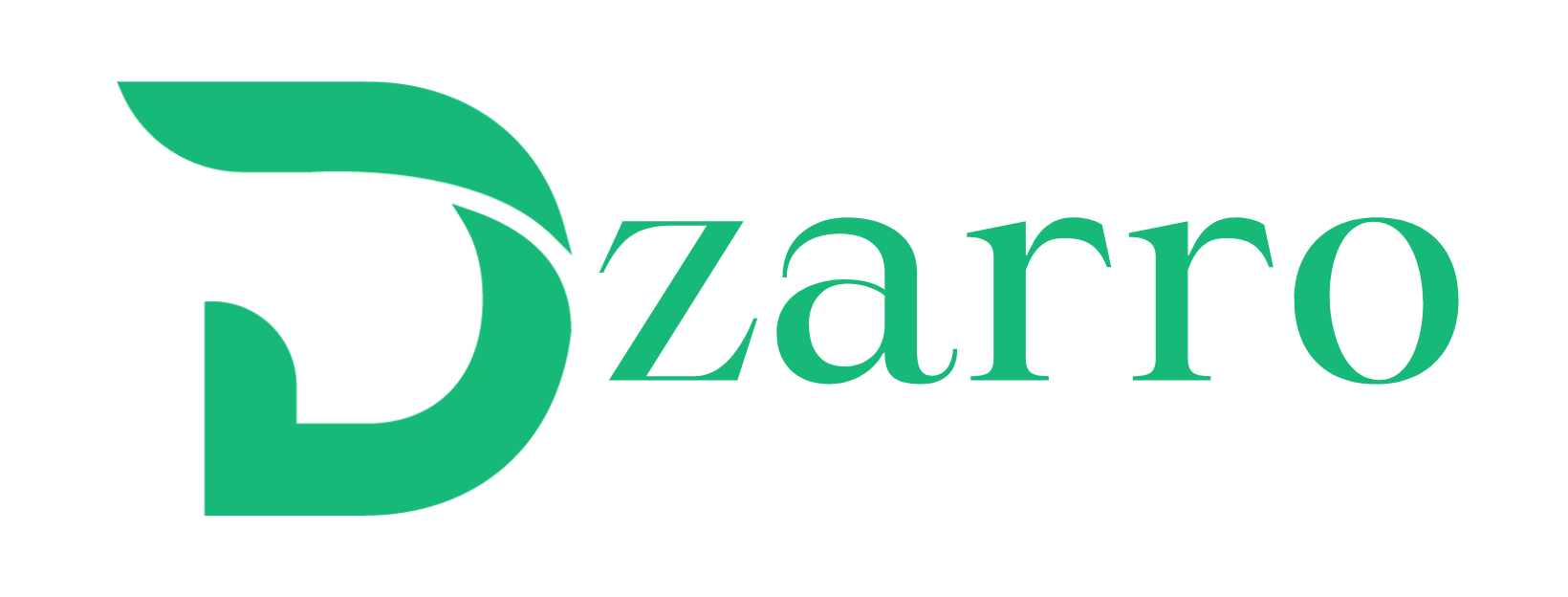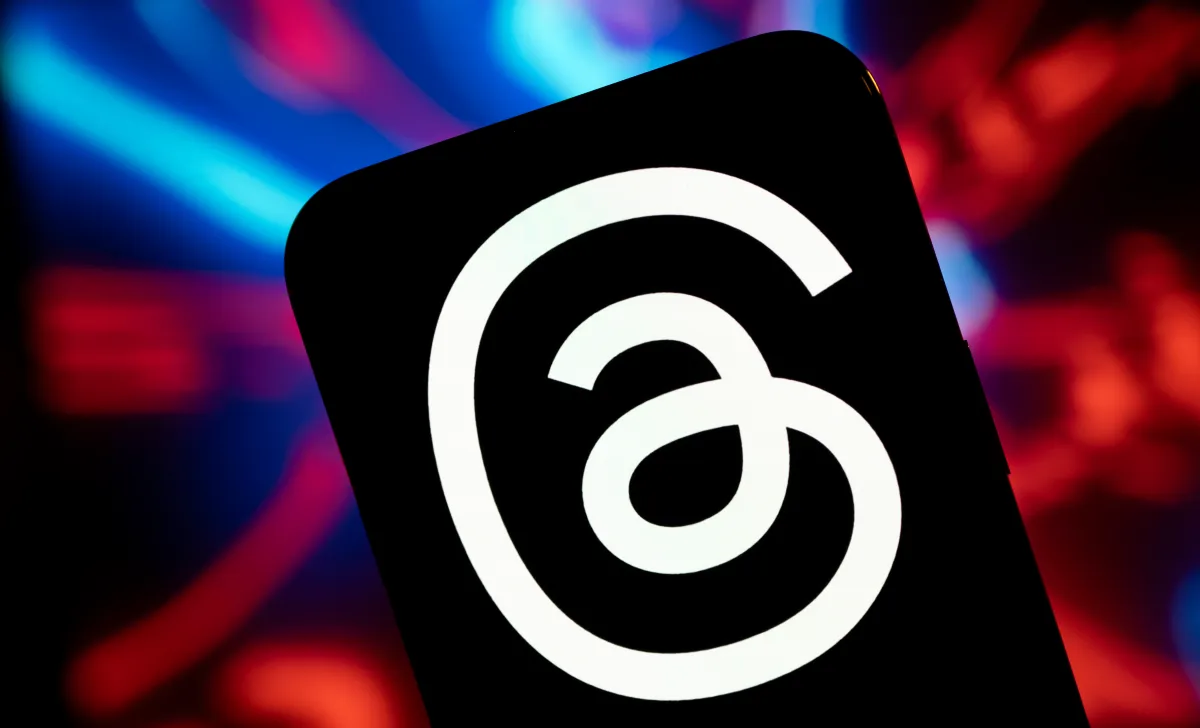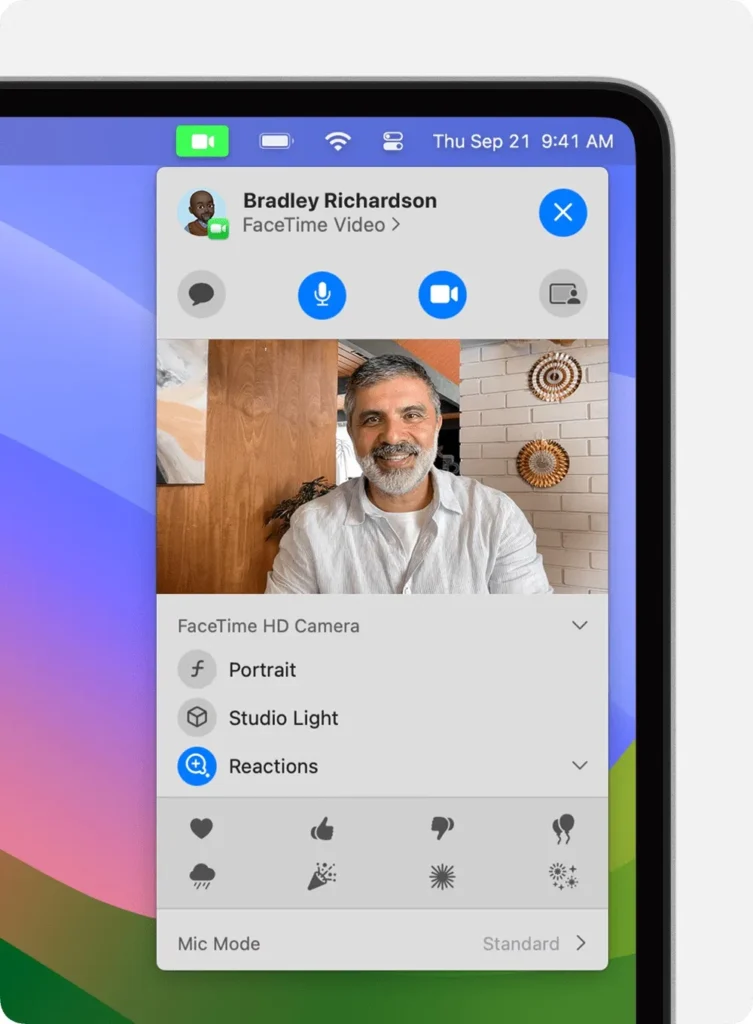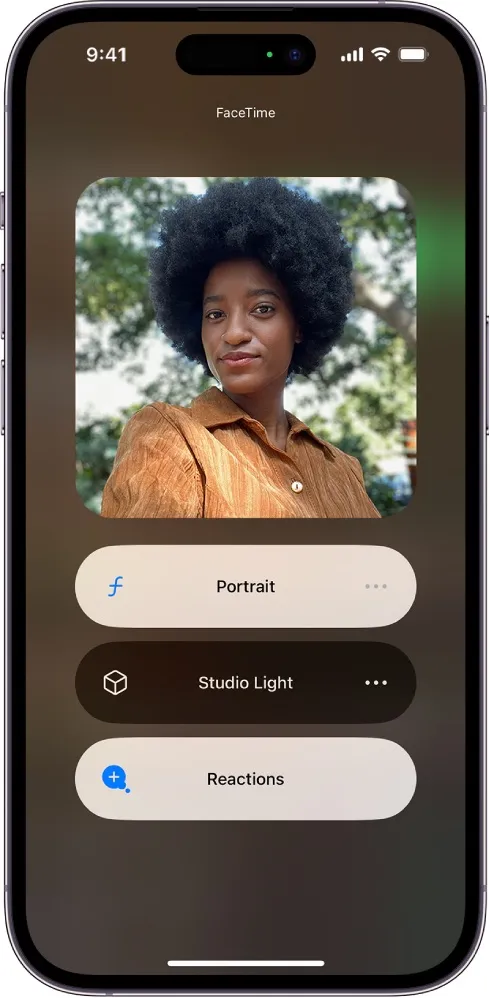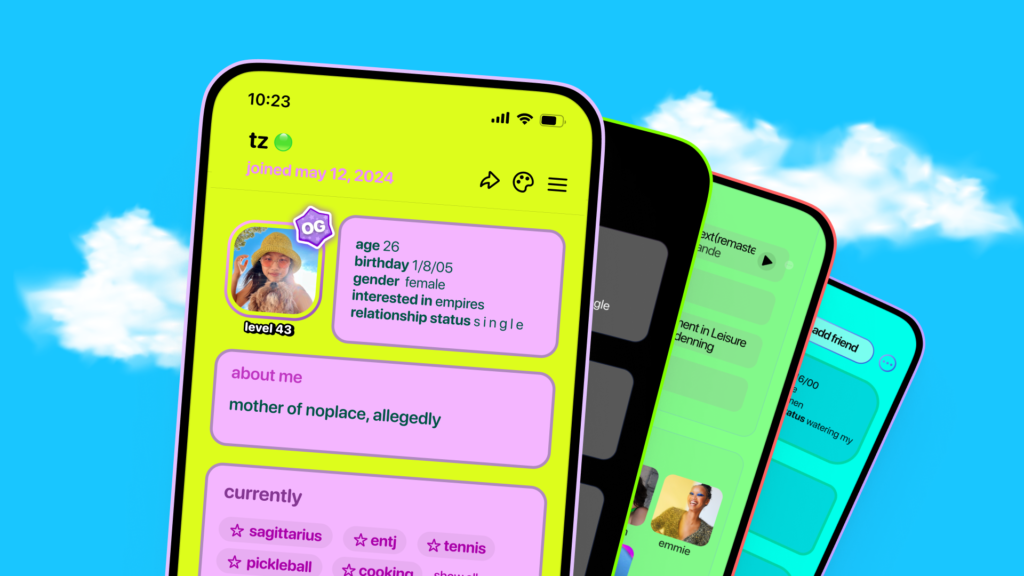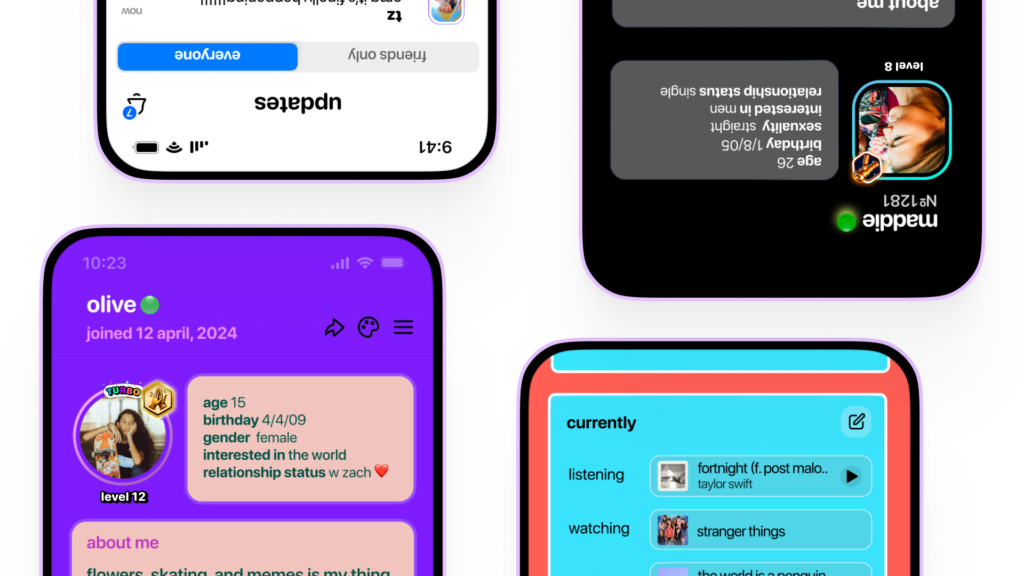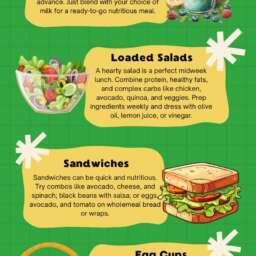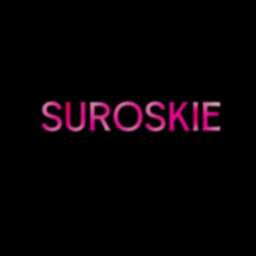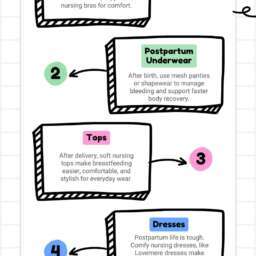March 13, 2025 — Mumbai, India — Greenitco Technologies Private Limited, a leading name in innovative technology solutions, has officially launched a brand-new platform, Lost and Found Networks. The platform, available as both a website and mobile app, is designed to assist users in reporting, locating, and recovering lost items efficiently.
A New Age of Lost and Found
The Lost and Found Networks platform simplifies the traditionally cumbersome process of finding lost belongings. Whether it’s a misplaced wallet, mobile phone, keys, or valuable documents, users can easily report their missing items on the platform. Meanwhile, good Samaritans who find lost objects can upload information and photos, making it easier to reunite the items with their rightful owners.
By streamlining this process through an intuitive interface, Greenitco Technologies aims to transform how people across world and beyond recover their misplaced valuables.
Key Features
The Lost and Found Networks website and app offer several essential features:
- User-Friendly Interface: Both the website and app are designed for easy navigation, enabling users to report lost items or found objects quickly.
- Real-Time Notifications: Users receive updates when their items are located or when a matching found item is posted on the platform.
- Wide Reach: The platform is accessible to individuals across various regions, allowing users to search for or report items in multiple locations.
- Data Security: Users’ personal information is protected, ensuring a safe and secure experience.
Directors’s Vision
Speaking at the launch event, Greenitco Technologies’ Director emphasized the growing need for a unified lost-and-found platform, stating, In today’s fast-paced world, losing valuable items can cause significant stress. With Lost and Found Networks, we aim to reduce this burden by providing a simple and effective solution to help people recover their belongings quickly and safely.
Available Now
Lost and Found Networks is available for free on both iOS and Android devices, as well as through the website. The platform marks Greenitco Technologies’ latest venture in developing user-centric solutions designed to solve real-world problems through technology.
For more information, visit www.lostandfoundnetworks.com or download the app on the Apple App Store or Google Play.
About Greenitco Technologies
Greenitco Technologies is a Mumbai-based IT solutions company specializing in creating innovative software platforms for businesses and individuals. The company is committed to leveraging cutting-edge technology to provide efficient, scalable, and cost-effective solutions across various industries.
Contact Information
Greenitco Technologies Private Limited
Email: he***@gr*******.com
Phone: +91 97690 22209
Website: www.greenitco.com
